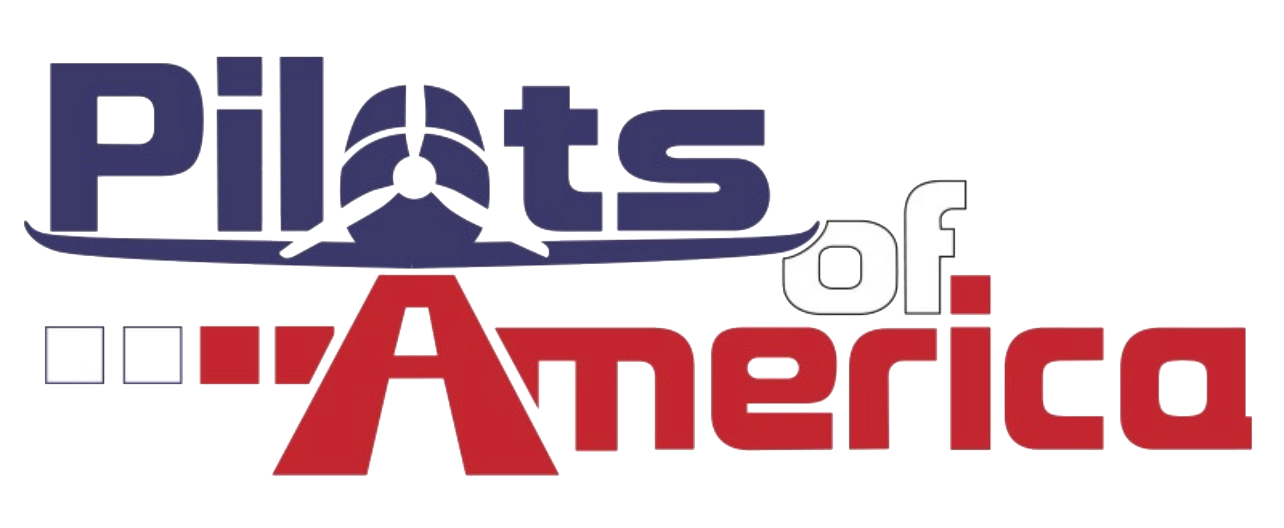I don't know how to summarize the deice procedures in a short message. It is complex and extensive. Regulations require us to maintain the clean aircraft concept. We can not takeoff with contamination adhering to the aircraft.
If there is no active icing conditions (snow, sleet, freezing rain, frost, etc.) occurring, it's pretty easy. Any contamination must be removed.
If there is ongoing active icing then we first have to clean the airplane and then provide protection which will prevent contaminates from adhering before takeoff. This is normally accomplished with two applications. The first is a deicing application which uses heated Type I fluid (usually pink in color). While this removes existing contamination, it does not provide significant protection from new contamination. The anti-ice application is a cold Type IV (Type II has been replaced) fluid (green). The Type IV fluid is a thick gel that remains on the airplane's surfaces and collects the falling precipitation, preventing it from reaching the airframe. During takeoff, the Type IV gel shears off the airplane taking the contamination with it.
Type I and IV fluids have holdover times. This is the time during which it can protect the aircraft under a specific set of conditions of temperature and type and intensity of precipitation. Type I has very short holdover times which generally do not allow enough time to finish deicing, taxi, and takeoff so a Type I then Type IV application is generally needed with active icing conditions.
After deicing/anti-icing, just before takeoff, a "nose check" is accomplished. We look for signs of contamination on the surfaces visible from the cockpit. If we are within our holdover time, and the "nose check" looks good, we can takeoff. If the holdover time expires, a "wing check" is required within 5 minutes of takeoff. This involves qualified ground personnel inspecting the wings for contamination or, more commonly, one of the pilots going back and inspecting the wings from the passenger cabin. If the "wing check" passes, you have five minutes to takeoff before another "wing check" is required. If the "wing check" fails, you have to go back to deice/anti-ice again.
There are conditions, such as freezing rain and heavy snow, where it is not possible to maintain a clean airplane long enough to takeoff.
The engine runup is because the engine inlets and engine pressure probes are deiced by bleed air. At ground-idle, the temperature and flow rate of the bleed air is insufficient so periodic engine runups are required to ensure the inlets and pressure probes are clear. It doesn't have anything to do with having been sprayed, other than both deicing/anti-icing and the engine runups are required during active icing conditions.
Much of the time it takes for deicing is waiting your turn. An airline schedule has a lot of flights departing within a short period of time and, when they all have to deice, the deicing process will be a bottleneck. If there is no wait for a deice team, the process will take around ten minutes, plus or minus, depending on the conditions and the size of the deice team (1 truck or multiple trucks).
At stations where they frequently have winter weather, the deice crews get pretty good as running the deice operation. At stations where they only deice a few times per year, it's going to take longer because training doesn't take the place of experience and currency.
Bottom line is that when deicing operations on in progress, flights will be delayed. With that in mind, I bid my January schedule to avoid winter to the extent possible. I have layovers in Sint Maarten, Aruba, Nassau, Ft. Myers, & Palm Beach.
